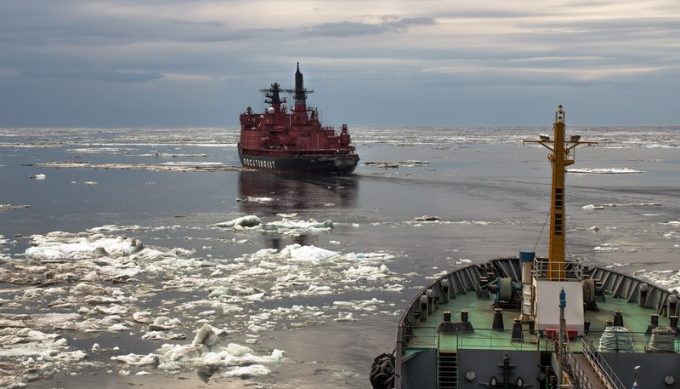No deals with carriers, say Houthis – Red Sea safe for non Israel-affiliated ships
Yemen’s Houthi militia have told The Loadstar they have not been giving assurances to individual ...

Chinese general cargo vessels have found a novel way around the problems in the Red Sea – sailing via the Arctic Northern Sea Route (NSR).
New New Shipping’s Xin Xin Hai 1 and Xin Xin Hai have embarked on a journey that will take them through ...


Comment on this article